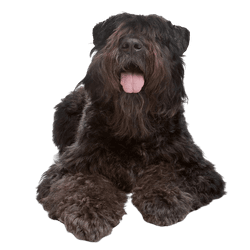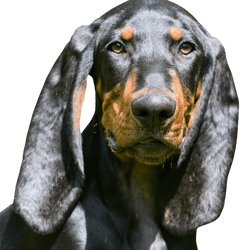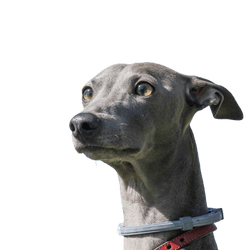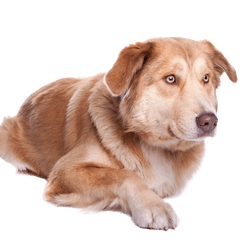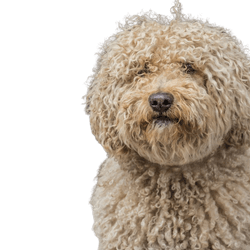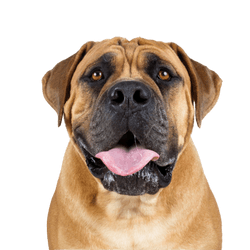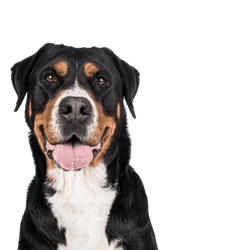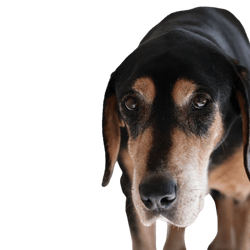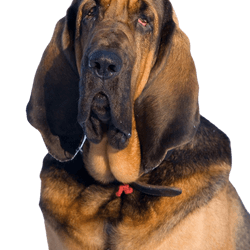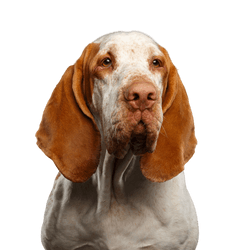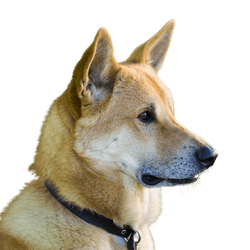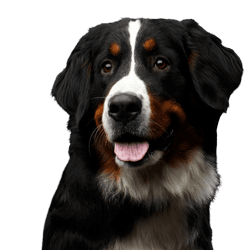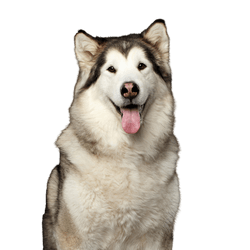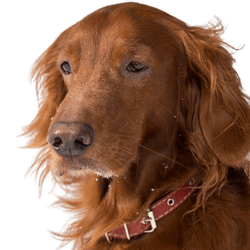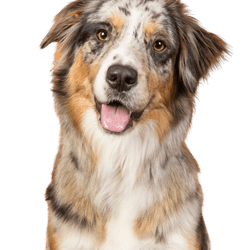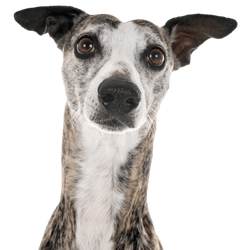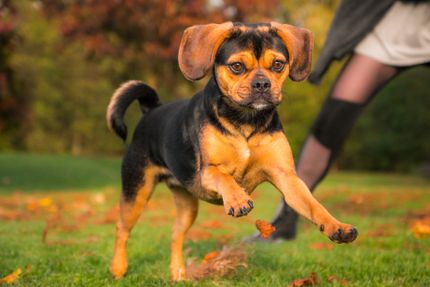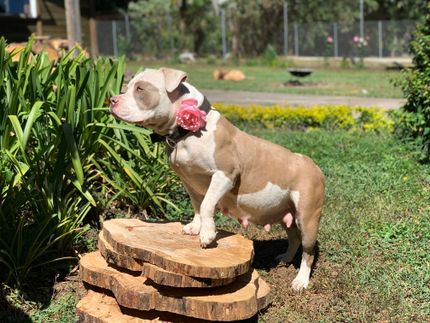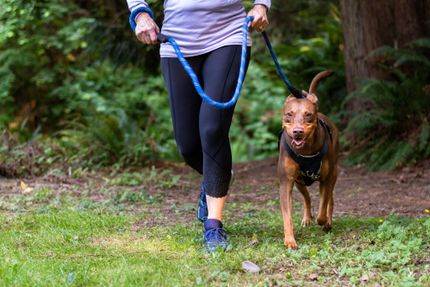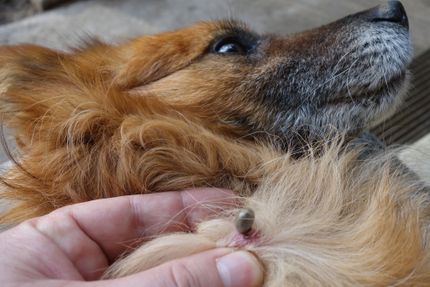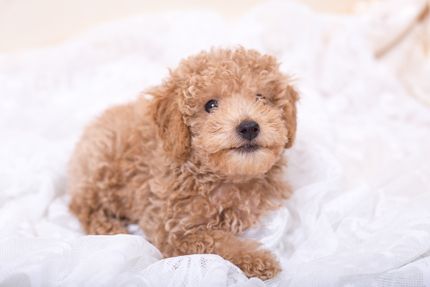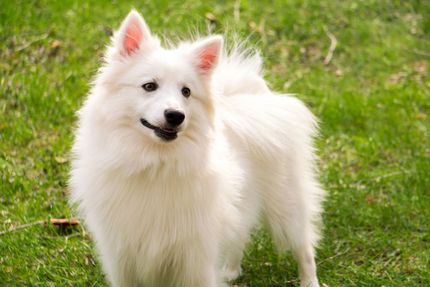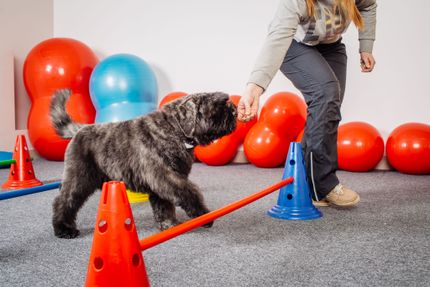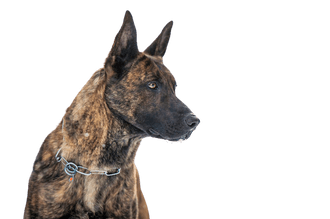
Dutch shepherd dog Breed description: Character & Co
Dutch shepherd dog
Facts & Origin
The Dutch Shepherd Dog
is considered to be eager to work and has an active and affectionate nature. Because of its outstanding loyalty and alertness, the Dutch Shepherd is also often found in police service. The urge to move is high and adult males can reach a height of up to 62 cm. Females are not quite as tall at up to 60 cm. There is a relationship with the Belgian Shepherd, both originate from the region of Noord Braband and in the 18th century their ancestors also served the farmers living there as guard dogs for the farm. In the 19th century, Belgium separated from the Netherlands, as a result of which it came to the division into 2 dog breeds.
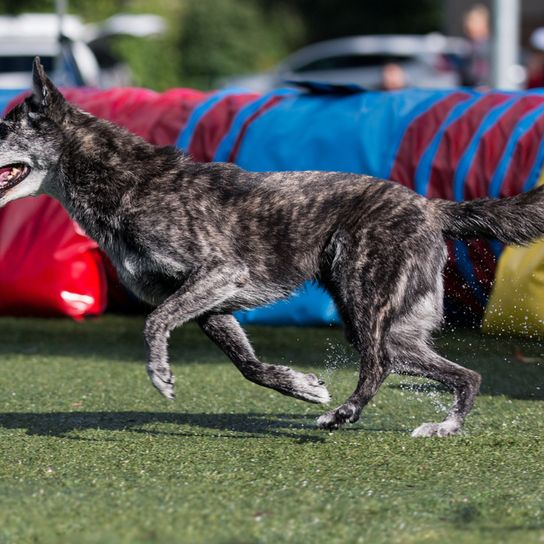
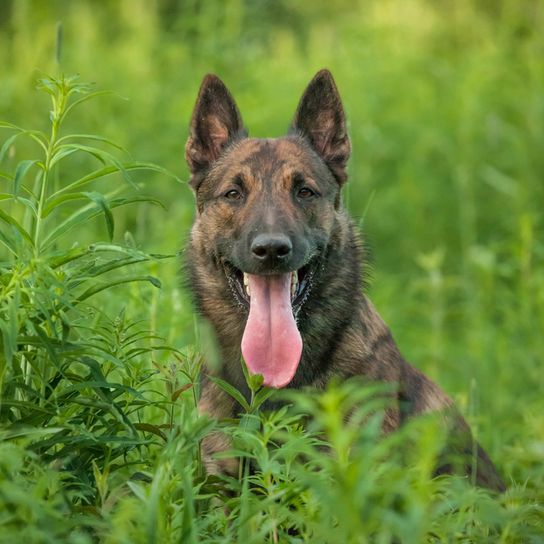
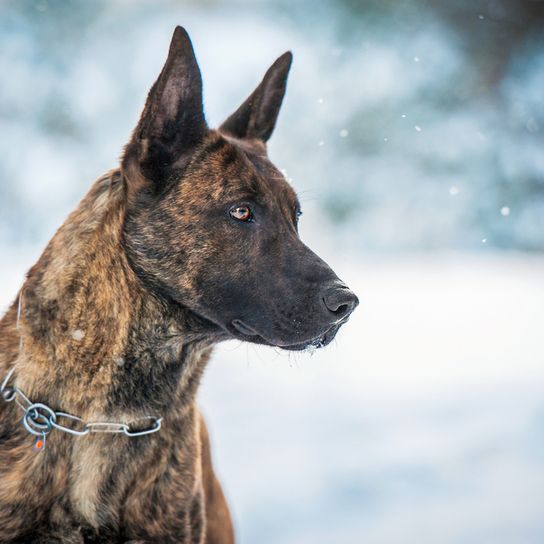
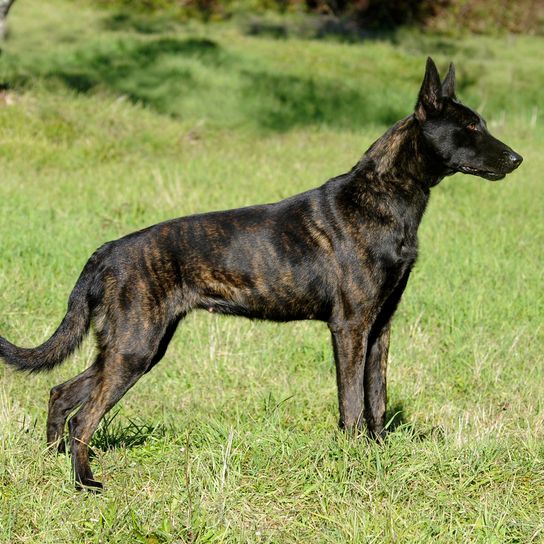
| Alternate Name | Dutch Shepherd, Hollandse Herdershond, Hollandse Herder |
| Origin | Netherlands |
| Life expectancy | 10 - 13 years |
| Care requirements | high-maintenance |
| Activity level | average |
| FCI group | Sheepdogs |
| AKC group | Foundation Stock Service |
| KC group | not recognised |
Dutch shepherd dog mixes
Attitude, character and temperament of the breed
Character traits and nature of the dog breed.
Variations with a silver base color are also possible, the mask is preferably black. The nature of this dog breed is typically hardworking and temperamental, loyal, obedient, independent and generally very active. These sheepdogs exhibit strong territorial behavior and are very fond of imprinting on one person. Although these sheepdogs are quite suspicious of strangers, their behavior is still not aggressive without reason. So they only intervene in an emergency and otherwise behave in a genteel reserved manner. As reliable protectors, they also tend to make their own decisions. The outwardly different 3 forms of this dog breed can also differ in character.
The best possible upbringing of puppies
In terms of their nature, short hair sheepdogs are considered to be more active and wild. The breeders of this breed never put a special emphasis on the appearance, it impresses a muscular physique, well-proportioned and medium in size. The typical wedge shaped head with medium sized ears can be erect if attention is given. The tail typically hangs straight down and is also slightly curved. Dutch Shepherd puppy training should always be consistent and clearly structured. It is important that the Shepherd recognizes a strong leader in humans from the beginning and that training is started as early as possible. If the puppies have once got used to bad behaviour, it is difficult to get rid of it in the adult animal. The Dutch Shepherd has an exceptionally good hearing and therefore reacts very sensitively to noises of all kinds.
Agility is very important for this very active dog breed.
For the education very well suitable are therefore also a professional clicker training but also the work with the so-called dog whistle. The visit of a puppy school is highly recommended for optimal socialization. When hiking, cycling or jogging this dog breed is also an excellent companion. Since this dog is so unusually versatile, agility and obedience training but also all other active dog sports are recommended at regular intervals.
Character
Usage
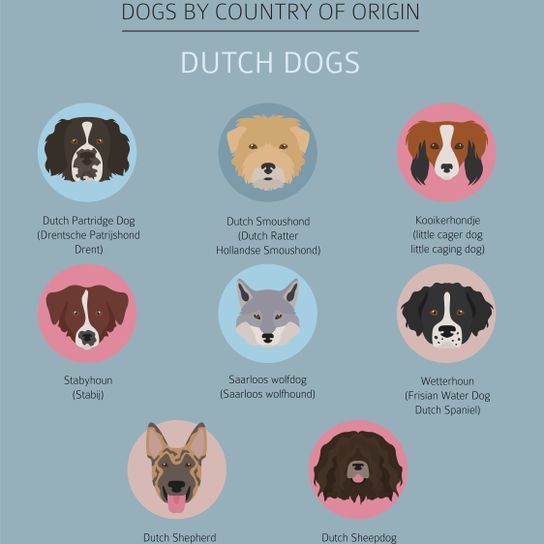

Health and breeding information
The exceptionally good robustness and health of the Hollandse Herdershond.
This dog breed is considered to be exceptionally robust in health and therefore not very susceptible to diseases. Breeders have also always paid more attention to avoiding hereditary diseases as much as possible. The most important thing for keeping a dog healthy is to exercise it in a manner appropriate to its species. For a healthy and purebred puppy you have to reckon with a price of about 800-1200 €. There are not many breeders in Germany, this dog breed is also considered rare. The so called X-Hollandse Herder is a special recognized breed, where the breeders follow the official standards, these dogs officially come from the Royal Dutch Police Dog Association. However, when breeding, no special emphasis was placed on the pure bloodline, they are therefore considered mixed breeds.


Typical use, weight, age and coat characteristics of Dutch Shepherd Dogs.
Even today, both dog breeds differ only slightly, but the FCI officially recognized the Dutch breed already in 1960. The classification took place in group 1 of the so-called herding and driving dogs. As a guardian of flocks of sheep the shepherd dog is hardly used nowadays, because large flocks of sheep are still in decline. Besides its use as a police dog, the Dutch Shepherd Dog is often used as a guide dog or as a search dog. The weight of an adult specimen of this dog breed is about 30 kg, the life expectancy up to 13 years. The coat has a short-haired, rough-haired or also long-haired structure, typically brindle with chestnut-red or golden-light sand color.
The coat care is not extraordinarily complex, even with the longhaired variety brushing at regular intervals is quite sufficient. More support in this regard, however, the animals need during the change of coat.
| Fur length | - |
| Fur | flat coated |
| Ear shape | Standing Ears |
| Tail | lang |
| Anatomy | rugged, strong |
| Size ♀ | 55 - 60 cm |
| Weight ♀ | 25 - 30 kg |
| Size ♂ | 57 - 62 cm |
| Weight ♂ | 25 - 35 kg |
| Suitable For | - |
Colors
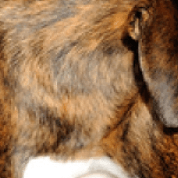
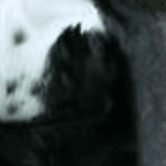
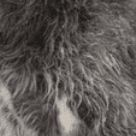





Other large dogs
Useful Articles
You can find articles that might interest you in the dogbible blog to match your favorite breed.
Visit our magazineto stay up to date on dog trends.
To find out more, view our Privacy Policy
Find here the breed that suits you and find out what character traits it has. Here you can also learn more about the origin, size and weight of your favorite breeds.
Matching your favorite breed, you'll find articles that might interest you on the dogbible dog blog.
Hiking with dog in Vienna - the most beautiful routes
Tattoos with dog theme: We have the cutest net finds for you


